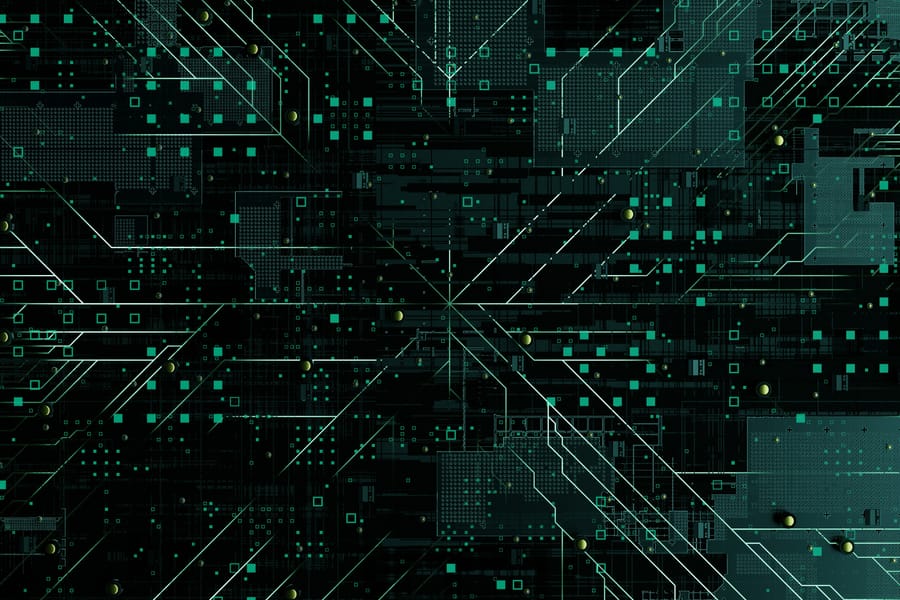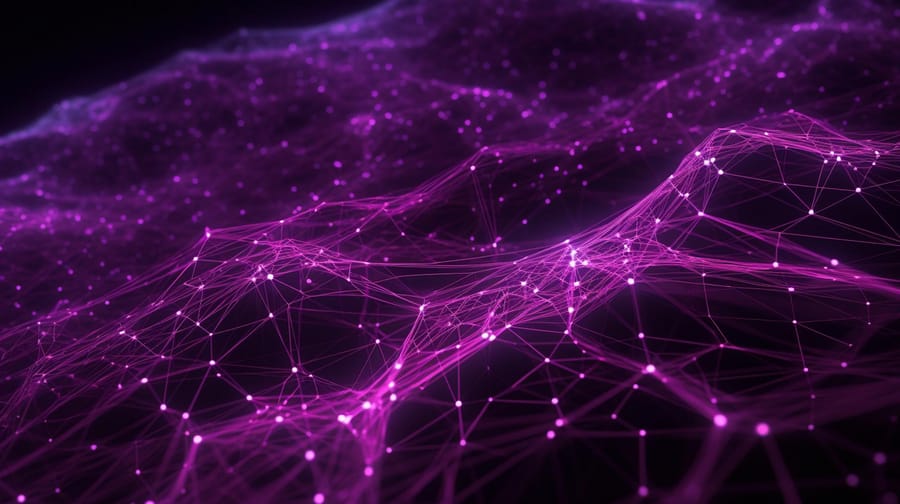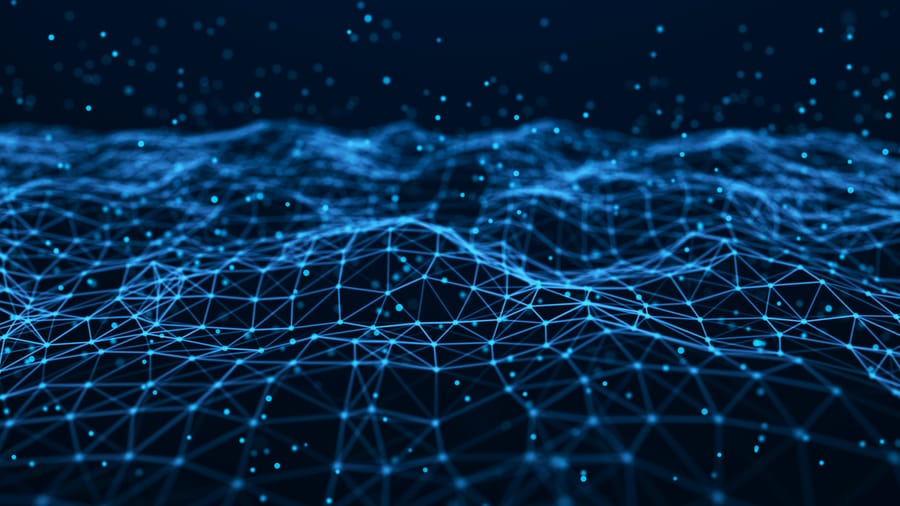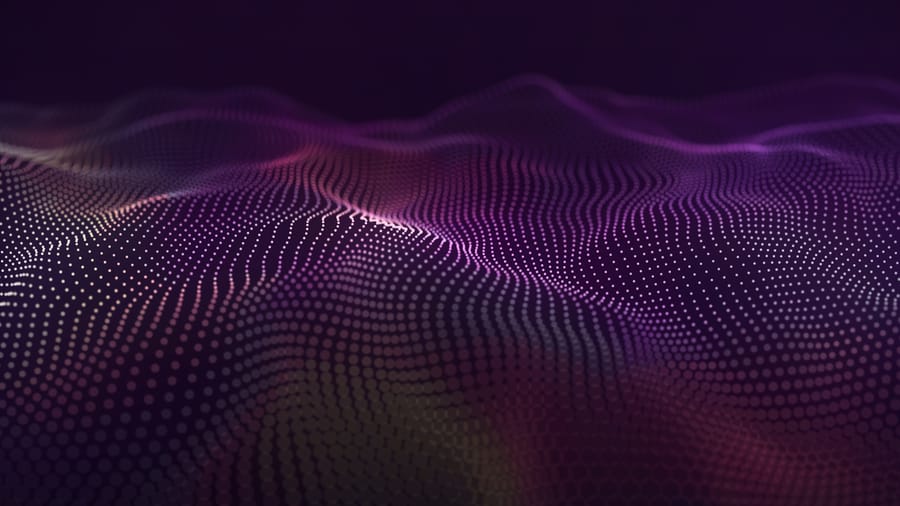Generative Artificial Intelligence (AI) has revolutionised digital media through its ability to synthesise highly realistic content, with deepfake technology standing as one of its most prominent and contentious applications. The term “deepfake,” derived from “deep learning” and “fake,” refers to synthetic media—typically videos or audio—that convincingly depict individuals performing actions or saying words they never did (Westerlund 2019). While the underlying technologies, such as generative adversarial networks (GANs), were initially developed for research and creative applications, the concept of deepfakes quickly became associated with misuse, particularly in online environments. As generative AI algorithms have advanced, deepfakes have evolved into tools for misinformation, fraud, and privacy violations (Alanazi et al. 2024). This discussion examines the technical foundations of deepfakes, their societal implications, and the ongoing efforts to detect and mitigate their risks, drawing on both foundational and contemporary scholarship.
Deepfakes rely on advanced deep learning architectures, primarily Generative Adversarial Networks (GANs) and autoencoders. GANs, introduced by Goodfellow et al. (Goodfellow et al. 2014), consist of two neural networks—a generator that produces synthetic content and a discriminator that assesses its authenticity—trained in opposition to create highly realistic outputs. Autoencoders compress input data (e.g., facial images) into a latent space, enabling manipulation and reconstruction of altered features, such as face swapping (Katarya & Lal 2020). Recent advancements incorporate variational autoencoders (VAEs), transformers, and diffusion models, enhancing visual fidelity and temporal consistency in synthetic media (Kaur et al. 2024). Convolutional neural networks (CNNs) and recurrent neural networks (RNNs) enhance deepfake quality by capturing spatial and temporal patterns, ensuring realistic outputs (Mirsky & Lee 2021). These technological strides, while innovative, have lowered the barrier to creating deepfakes, with some models requiring minimal source material, such as a single image or short audio clip, to generate credible synthetic content (Alanazi et al. 2024).
The societal impact of deepfakes is profound, with applications ranging from constructive to malicious. In entertainment, deepfakes enable digital resurrections of historical figures or virtual casting, while in education, they facilitate immersive historical reenactments (Alanazi et al. 2024). However, their misuse poses significant risks. Deepfakes can fabricate political speeches or inflammatory statements, manipulating public opinion and threatening electoral integrity (Al-Khazraji et al. 2023). Non-consensual deepfake pornography, which disproportionately targets women, inflicts reputational and psychological harm, with studies indicating that most such content is produced without consent (Veljković et al. 2024). The erosion of trust in media is another critical concern. By presenting fabricated content as authentic, deepfakes undermine the reliability of visual and auditory evidence, challenging judicial processes and journalistic standards (Maras & Alexandrou 2019). This phenomenon, described as an “infocalypse,” threatens epistemic justice and public confidence in institutions (Kerner & Risse 2021). Additionally, deepfakes facilitate cybercrimes such as identity theft and fraud, exploiting their ease of production and distribution (Veljković et al. 2024).
Detecting deepfakes is increasingly difficult due to their growing sophistication. Early detection methods relied on identifying visual artefacts, such as irregular blinking or unnatural facial movements (Li et al. 2018). However, modern deepfakes exhibit fewer such flaws, rendering traditional approaches less effective. The adversarial nature of GANs exacerbates this challenge, as creators can train models to evade detection, creating an ongoing “arms race” between generation and detection. Generalisation remains a significant hurdle. Detection models trained on specific deepfake types (e.g., face swaps) often fail to identify others, such as voice cloning or full-body manipulations (Kaur et al. 2024). Furthermore, real-time detection demands significant computational resources, limiting scalability for platforms processing large volumes of user-generated content (Mirsky & Lee 2021).
Recent detection strategies leverage AI to counter synthetic media. CNN-based models analyse spatial inconsistencies, such as pixel-level distortions or lighting anomalies, while Long Short-Term Memory (LSTM) networks detect temporal irregularities in video frames (Kaur et al. 2024). Forensic techniques, such as spectrogram analysis for audio deepfakes, identify anomalies in synthetic speech, while advanced methods like capsule networks enhance robustness across diverse scenarios (Mirsky & Lee 2021). Blockchain-based watermarking and digital signatures authenticate media at creation, preventing unauthorised manipulation (Hasan & Salah 2019). Human-AI collaboration, where algorithms flag suspicious content for human review, balances automation with accuracy (Al-Khazraji et al. 2023). These interdisciplinary approaches address both technical and societal dimensions of the deepfake challenge.
The future of deepfake detection hinges on adaptive, scalable solutions. Transfer learning and few-shot learning could enable detection models to generalise across diverse deepfake types with minimal retraining (Kaur et al. 2024). Regulatory frameworks are also critical. While some jurisdictions have criminalised malicious deepfake creation, balancing free speech with regulation remains complex (Tan et al. 2023). As synthetic media becomes harder to distinguish from reality, fostering critical media literacy will be just as important as technical safeguards. Public education on media literacy is essential to empower individuals to critically evaluate digital content and reduce reliance on automated detection (Al-Khazraji et al. 2023). Ethically, detection efforts must prioritise fairness and privacy. Biased algorithms risk disproportionately flagging certain demographics, while excessive content monitoring threatens free expression (Kerner & Risse 2021). Collaborative initiatives among academia, industry, and policymakers can foster ethical guidelines that promote innovation while mitigating harm.
References:
1. Alanazi, Sami, Seemal Asif, and Irene Moulitsas. 2024. ‘Examining the Societal Impact and Legislative Requirements of Deepfake Technology: A Comprehensive Study’. International Journal of Social Science and Humanity 14 (2): 58–64. https://doi.org/10.18178/ijssh.2024.14.2.1194 ^ Back
2. Al-Khazraji, Samer H., Hassan Hadi Saleh, Adil I. Khalid, and Israa Adnan Mishkhal. 2023. “Impact of Deepfake Technology on Social Media: Detection, Misinformation and Societal Implications.” The Eurasia Proceedings of Science Technology Engineering and Mathematics 23: 429–441. https://dergipark.org.tr/en/pub/epstem/issue/79743/1325047 ^ Back
3. Goodfellow, Ian J., Jean Pouget-Abadie, Mehdi Mirza, Bing Xu, David Warde-Farley, Sherjil Ozair, Aaron Courville, and Yoshua Bengio. 2014. “Generative Adversarial Nets.” Advances in Neural Information Processing Systems 27. https://papers.nips.cc/paper_files/paper/2014/file/5ca3e9b122f61f8f06494c97b1afccf3-Paper.pdf ^ Back
4. Hasan, Haya R., and Khaled Salah. 2019. “Combating Deepfake Videos Using Blockchain and Smart Contracts.” IEEE Access 7: 41596–41606. https://doi.org/10.1109/ACCESS.2019.2905689 ^ Back
5. Kaur, Achhardeep, Azadeh Noori Hoshyar, Vidya Saikrishna, Selena Firmin, and Feng Xia. 2024. ‘Deepfake video detection: Challenges and opportunities.’ Artificial Intelligence Review 57 (6): 159. ^ Back
6. Katarya, Rahul and Anushka Lal. 2020. ‘A study on combating emerging threat of deepfake weaponization.’ Proceedings of the 2020 Fourth International Conference on I-SMAC (IoT in Social, Mobile, Analytics and Cloud) (I-SMAC), 485–490. IEEE. ^ Back
7. Li, Yuezun, Ming-Ching Chang, and Siwei Lyu. 2018. “In Ictu Oculi: Exposing AI Generated Fake Face Videos by Detecting Eye Blinking.” arXiv preprint arXiv:1806.02877. https://arxiv.org/abs/1806.02877 ^ Back
8. Maras, Marie-Helen, and Alex Alexandrou. 2019. “Determining Authenticity of Video Evidence in the Age of Artificial Intelligence and in the Wake of Deepfake Videos.” The International Journal of Evidence & Proof 23 (3): 255–262. https://doi.org/10.1177/1365712718807226 ^ Back
9. Mirsky, Yisroel, and Wenke Lee. 2021. “The Creation and Detection of Deepfakes: A Survey.” ACM Computing Surveys (CSUR) 54 (1): 1–41. https://doi.org/10.1145/3425780 ^ Back
10. Tan, Zec Kie, Shao Zheng Chong, Chee Ying Kuek, and Eng Siang Tay. 2023. “Individual Legal Protection in the Deepfake Technology Era.” In Y. C. Adam and S. A. B. Samsudin (eds.), Proceedings of the 3rd International Conference on Law and Digitalization 2023 (ICLD 2023), Advances in Social Science, Education and Humanities Research, vol. 791: 119–129. https://doi.org/10.2991/978-2-38476-154-8_7 ^ Back
11. Veljković, Sanela Z., Milica T. Ćurčić, and Ilija P. Gavrilović. 2024. “Dark Sides of Deepfake Technology.” Vojnotehnički Glasnik / Military Technical Courier 72 (3): 1441–1463. https://doi.org/10.5937/vojtehg72-45315 ^ Back
12. Westerlund, Mika. 2019. ‘The Emergence of Deepfake Technology: A Review’. Technology Innovation Management Review 9 (11). https://timreview.ca/article/1282 ^ Back







